
The Fastest & Safest Way to Get Your First Chin-up - Part 1
Are you trying to get your first chin-up? Are you wasting your time with banded chin-ups? Do have shoulder pain, or elbow pain when performing chin-ups? Are you using the correct technique, or are you trying to perform a bodyweight biceps curl?
Many people want to be able to do strict chin-ups because they look badass and they are one of the best exercises for sculpting a nice back…. when performed correctly.
I’ve said it before, and I’ll say it again STOP DOING BANDED CHIN-UP because they:

Spine Health and Awareness Part. 2
In our previous blog ‘TSTM monthly challenge: spine awareness’ we discussed some of the main functions of the spine from a movement perspective and common problems associated with them as seen with the general population. We then explored how we address spinal health from a movement perspective with health and longevity in mind. Using the cat/ cow segmentation exercise for you to self-assess, self-manage and begin to regain control of your spine.
If you have begun the practice you most likely found the process to be challenging and tedious to say the least. In this blog I will share some more exercises to help you develop the practice. but first i wanted to bring you in on a personal reflection of mine when it comes to spinal health and another reason why being able to control all movable joints of the spine is important to me.

Pancake Mobility Training Program
Are you working on your pancake mobility?
Are you struggling (like me) to make progress?
I’ve been “training" pancake mobility on and off for years, and I’ve not made very much progress. to be honest, I’ve not dedicated enough time to it. I’ve done the odd training block and thrown in a few stretches here and there, but its not enough.
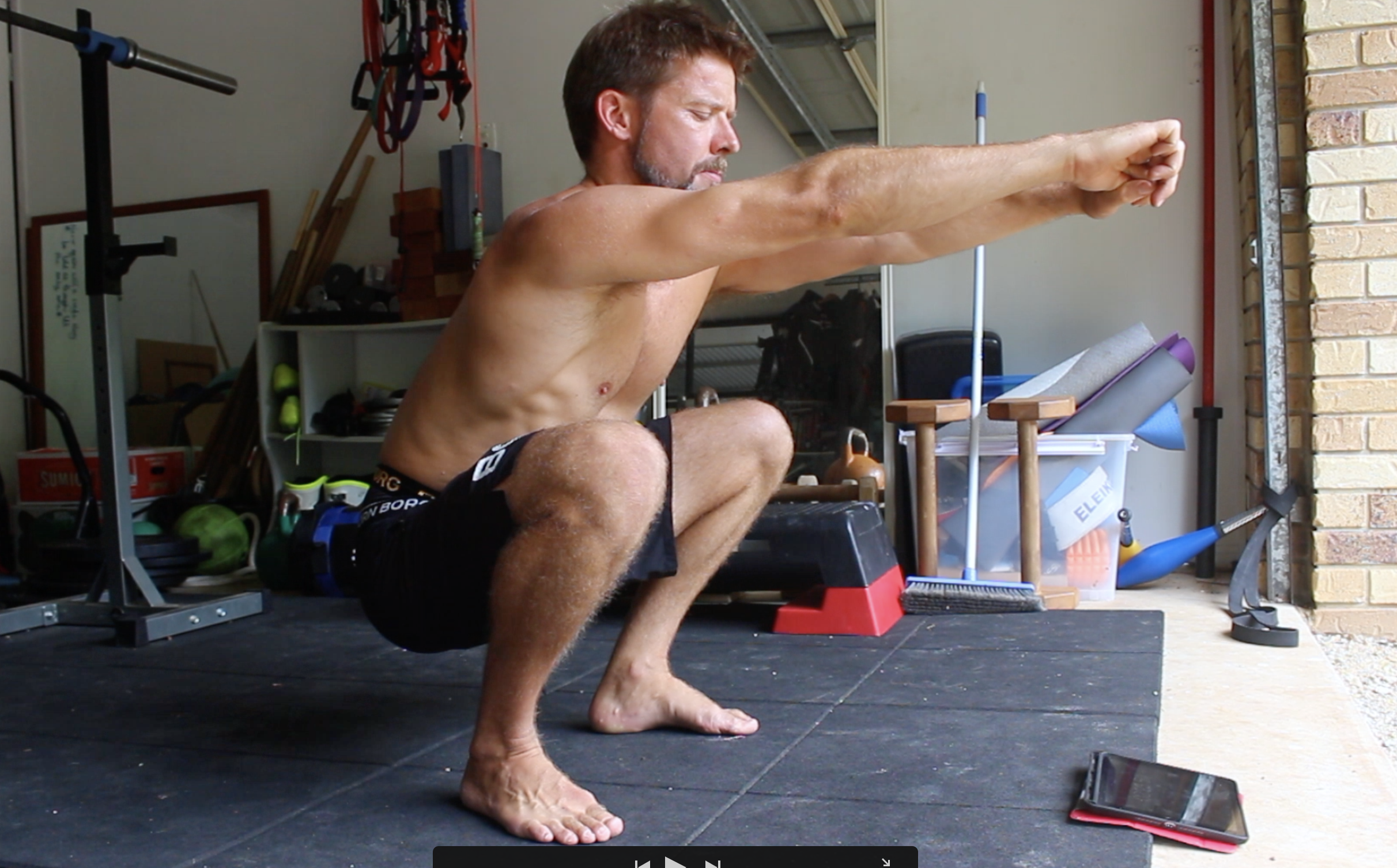
Why the old-fashioned squat is good for you health?
Ahhh, the humble squat. It’s one of the most effective moves in the gym; it’s also one of our most primal human movements. Or should I say it was a primal human movement? It's shocking to think that most people spend their day in two positions, standing and sitting. Standing includes walking and running as the range of ankle, knee, and hip flexion is only partial.
Long ago, before we all started sitting in chairs, squatting was our default resting position. For many traditional cultures, this is still the case. Those people who accumulate time in a deep squat on a regular bases experience significantly lower levels of back pain and digestion issues. Deep squats are great for supporting spinal health as well as aiding physiological processes in our bodies, such as digestion and elimination.
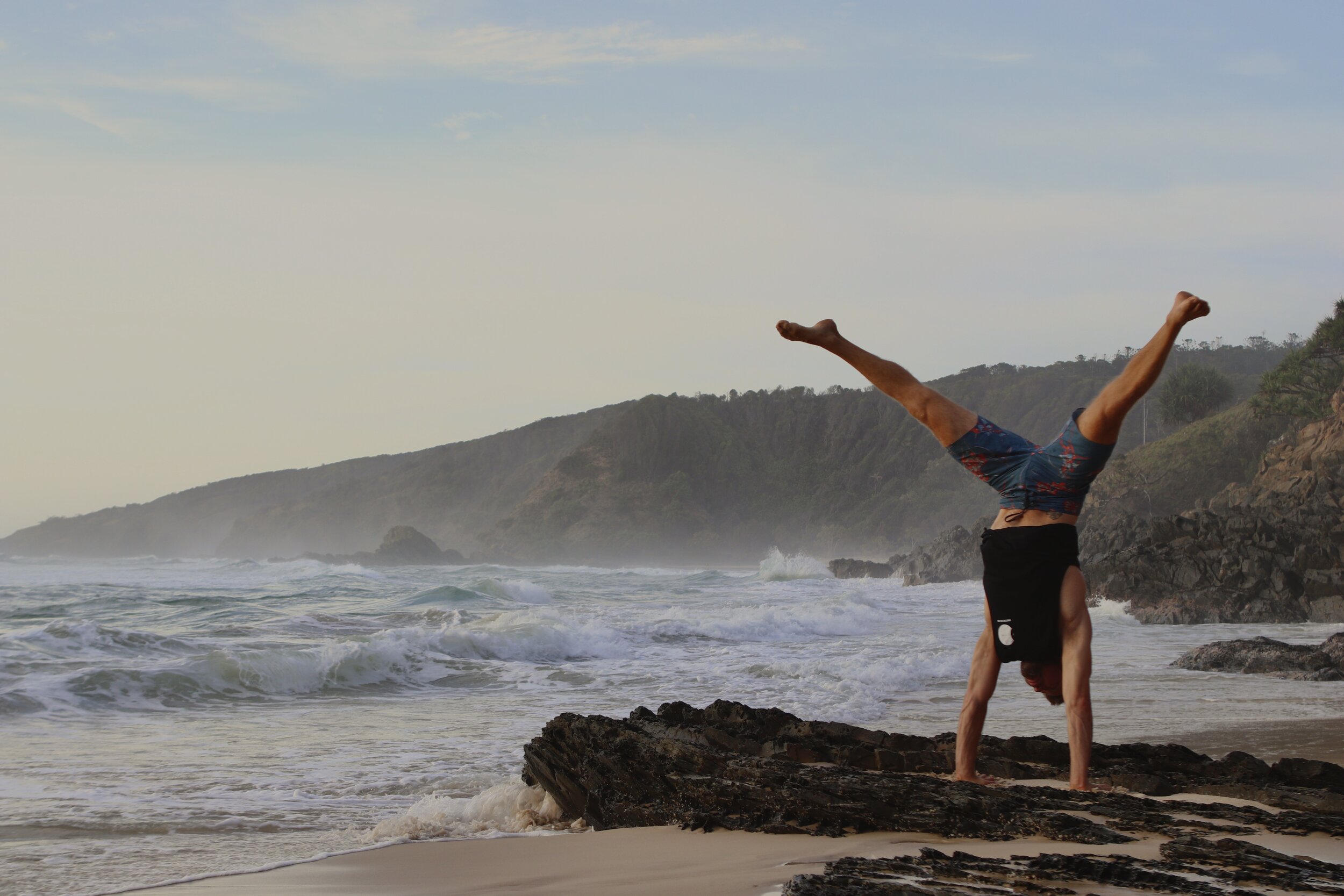
Get a grip on handstands: 3 Tips for hand placement
We all know that squats are a foundational human movement (check-out the TSTM April 2020 squat challenge), but did you know that handstands are one of the foundational movements in bodyweight training?
If we're unable to perform an unweighted air squat with perfect form, we will be unable to execute loaded variations like back squats, front squats, overhead squats and Olympic lifts with optimal form. Failing to prioritise foundational movement patterns leads to poor execution, injuries, and suboptimal performance. Building a solid handstand is an essential part of bodyweight training and a stepping stone to further advanced gymnastics and callisthenics movements such as tuck handstands, straddle handstands, handstand push-ups, and the one arm handstand.
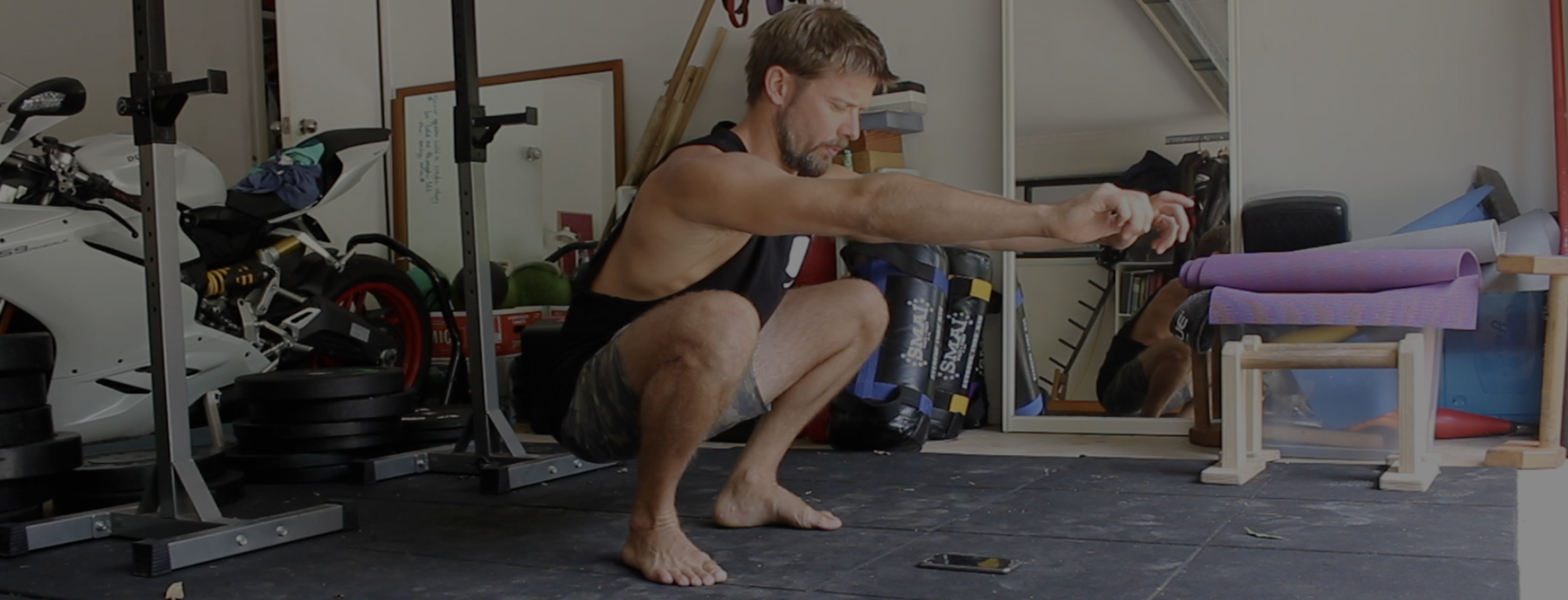
TSTM April Challange 2020
The team at The Sustainable Training Method has decided to offer a monthly challenge. Each month we will work together to post a challenge associated with the 5-Pillars of Sustainable Health:
Stress Management
Rest and Recovery
Diet
Community
Training
Our aim is to keep the challenges simply enough that you could include them in your daily lifestyle. If you can learn to change your behaviours you can learn to change your life. By installing positive habits over time we can create a healthy routine that delivers HUGE benefits.
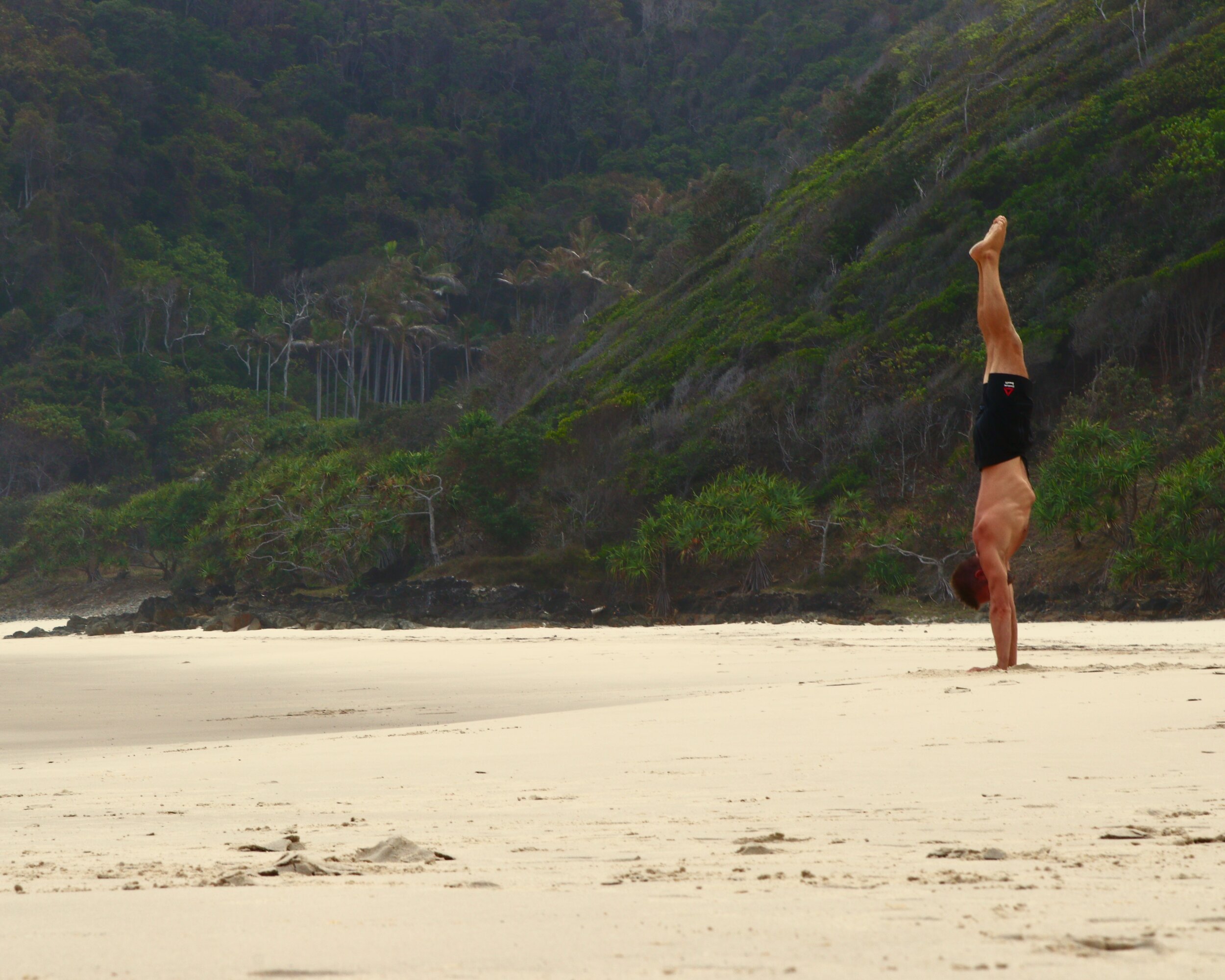
My Journey To Sustainable Training
Endurance training was once my passion. As an enthusiastic triathlete, I would train for 30-40 hours a week. I thought I was doing my body a favour but in actual fact, I was setting myself up for lingering injuries and low muscle mass. During my hardcore running days, I was only 68kgs (skinny-fat).
Fast forward to now and I embrace a varied approach to training. From weights to gymnastics with a focus on movement quality, strength, mobility and setting my body up for success. I’m happy to report that I train on average 6-8hours a week (rather than 40!) and weigh a very healthy 80kgs.

Has your fitness improved?
How do you know your fitness has improved? What criteria do your use to evaluate your results? How, specifically, do you know when to continue with your current method of training versus trying something different?
Many coaches fail to correctly train the aerobic energy systems as they tell their clients to move faster, keep going, work harder…. or they have clients lifting heavy loads or performing complex movements in a fatigues state.

Increase Physical Performance With A Daily Mobility Practice
Every day your body is under a constant battle between the accumulation and breakdown of tissue, which is facilitated by your daily movement behaviours. With sustainable movement training, we can model our tissue to improve movement function and maintain joint integrity. If our regular movement is restricted (sedentary lifestyle), our joints will not explore the outer ranges of motion. If we fail to use our full movement potential, over time, we will allow the tissues to become short, tight, and immobile. The old saying goes: “if you don’t use it, you lose it."
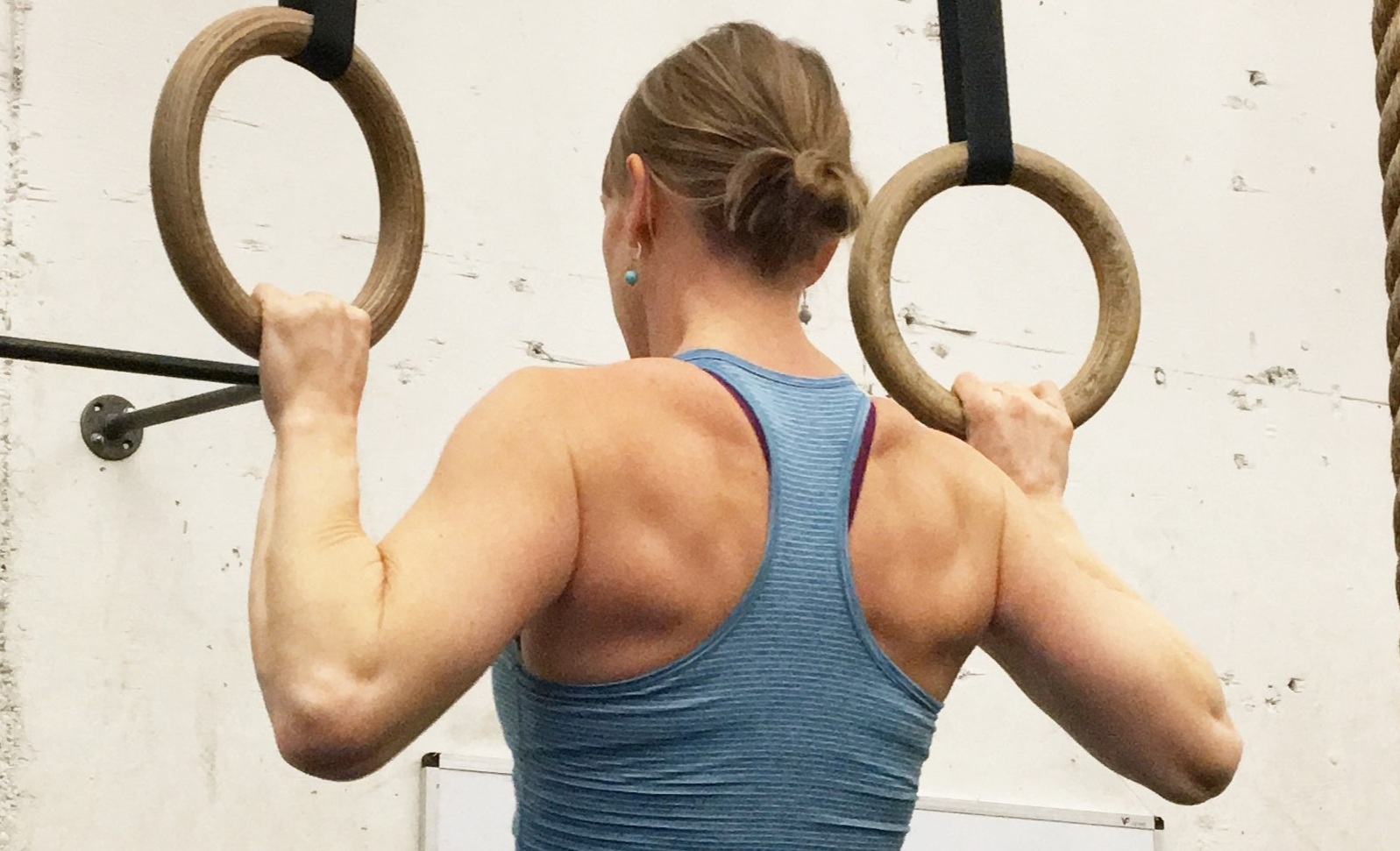
Importance of Healthy & Injury Resistant Shoulders
Shoulder health is one of the top priorities in our ID strength and mobility programmes and building a strong and stable shoulder is essential to structural balance for posture and performance.
One of the most common injuries functional fitness athletes experience is a shoulder injury. Great demands of shoulder strength and mobility are often required to effectively and safely perform movements like pull-ups, muscle-ups, handstand, snatch, cleans, jerks, push-ups, bench press, and more.
